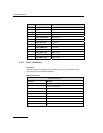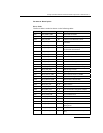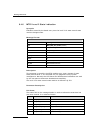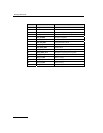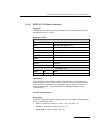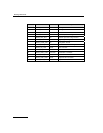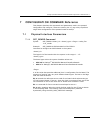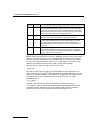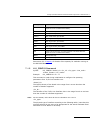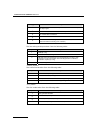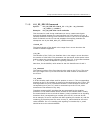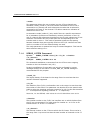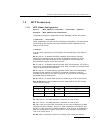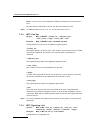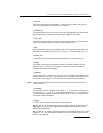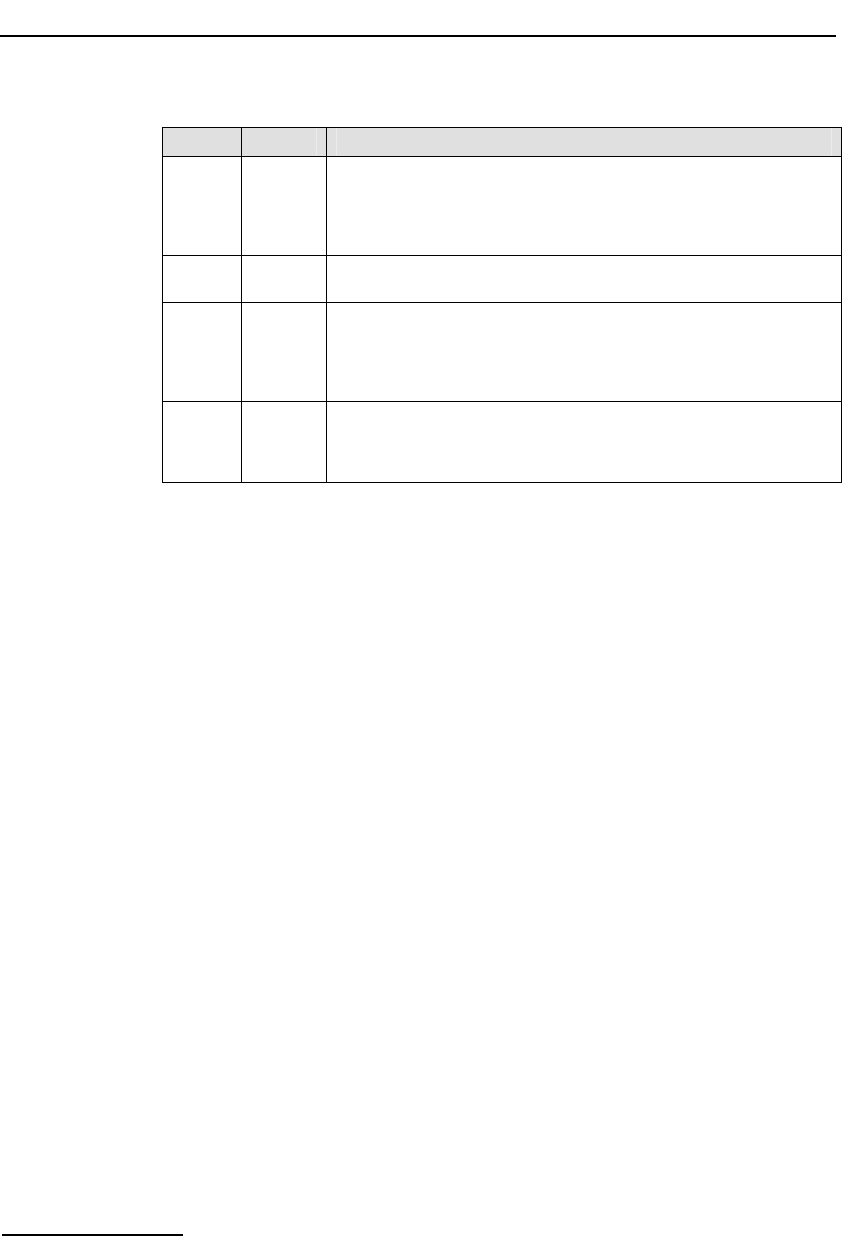
7 CONFIGURATION COMMAND Reference
92
Bit 7 Bit 6 CT Bus Clocking Mode
0 0
The CT bus interface is disabled - In this mode, the board is electrically
isolated from the other boards using the CT bus. The CT bus connection
commands may still be used, but the connections made are only visible to
this board. When using this mode, the on-board clocks are synchronized
to the source selected by bit 0 of this flags parameter.
0 1
Primary Master, Clock set A - The board drives CT bus clock set A
using the clock source selected by bit 0 of this flags parameter.
1 0
Secondary Master, Clock set B - The board is configured to drive clock
set B in Secondary Master mode. It automatically switches to become
Primary Master if the board driving clock set A fails. While acting as
Secondary Master the on-board clocks are synchronized to the CT bus
clock set A.
1 1
Slave, initially using Clock set A – The board uses the CT bus clocks,
which must be generated by another board on the CT bus. Initially the
board recovers from clock set A, though will switch over automatically to
recover from clock set B if set A fails.
Bit 13 causes the board to drive the CT_NETREF1 clocks on the CT bus when
set to 1. The highest priority in-sync line interface is used as a clock source.
If this bit is set to zero then the CT_NETREF1 clock is not driven. By default,
liu_id=0 is the highest priority and liu_id=7 is the lowest. The priority may
however be modified using the MVD_MSG_CLOCK_PRI message.
All other bits are reserved and must be set to zero.
<code file>
The name of the Code File which gets downloaded to the board when it is
reset. Code Files for Dialogic
®
DSI SPCI Network Interface Boards all use the
suffix .dc3. All SS7 protocols are included in a single Code File called ss7.dc3.
The selection of which protocols are run is made using the run_mode
parameter below.
<run_mode>
The run_mode determines which protocols are invoked at run time.
<run_mode> must be set to one of the following tokens depending on the
protocols that are required to run on the board (note that only protocols
permitted to be run by the software license are allowed to run):



